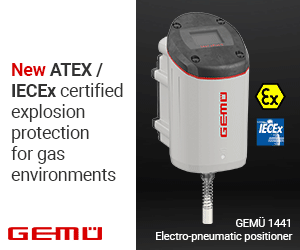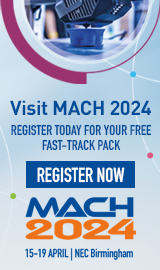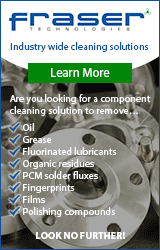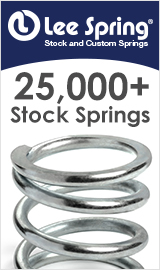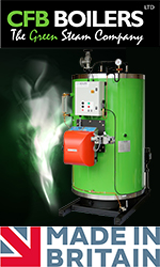Saving costs means more profit
Why do so many people ignore or resist possibilities to save costs, make more profit, and reduce emissions?. Sometimes company buyers reject saving possibilities because the cost could be more than what is already being paid, totally ignoring the value of the possible solution. Cost-effectiveness should however be assessed. Why object to making more profit ? It makes wages-rises possible.
For over 20 years we, the Richard Chambers GmbH, based near Munich in Germany, have dealt with saving technologies, all recognised, and awarded prizes, as world-best, but there are still those who avoid saving with them, although they are not only world-best, but also very easy to introduce. Each of the four can itself produce savings; and they can also work together.
SX-6000 is unique in the world, using PTFE with high density to reduce friction in oil systems. PTFE with low density coats friction surfaces in oil systems with a coefficient of friction of 0.04. With high density, the friction falls to 0.02. With 0.04, the reduced friction was certified to reduce wear by about 43%, while with 0.02 the same world-standard test gave up to 88%.
Friction reduces profit, so friction reduction increases profit. With SX-6000, the only product with high density PTFE, all oil systems can with treatment extend the life of the lubricated components considerably, and cut out breakdowns. Further, less friction saves energy, so also electricity or fuel, or generates more electricity from wind power.
Instances of saving come from vehicles. With engine, gears and differential treated, 8% of fuel is saved, and also 50% of oil, plus longer oil-change intervals, as the lower friction keeps the oil cooler. As the piston rings work better, compression is higher, and oil consumption is reduced by good 50%.
Polymer oil seals lose their plasticisers, and so they shrink, and let oil pass. “Proper” repair requires strip-down, and so loss in production or driving time. “LecWec” is simply poured into the leaking device, even when still running – a 3% dose. Replacing the plasticisers, the seal swells back up, and keeps things dry as long as the oil remains unchanged. As for instance with power steering, those who can suffer loss of income can tell lies. For instance, with power steering, where it is impossible to change the seal, replacement units are supplied at over 1000 $/€/L, but the cure with LecWec costs only 12 $/€/L.
Electric motors are subject to varying loads, and always have more capacity that the maximum required. While not running with a maximum load, they waste electricity with over-magnetisation. When they start, the shock-load causes damage. Unique in the world, the Powerboss is in many aspects programmable, including soft starts between less than one second and over four minutes, checking every 80th of a second to give the motor just enough electricity to maintain its speed, as the load varies. Mostly, even with a constant load, eliminating over-magnetisation, the power saving pays for the Powerboss within one year. Several other programming functions are available, such as soft stop or, when required for safety, express stop, stop when pump runs dry, over-load or under-load, and if running too long with no load.
There are so many jobs for electric motors with changing loads, for instance metal-work and food mixing. With air compressors, the Powerboss saves at least 16% (and adding SX-6000 to the piston-compressor saves a further 5%. Vacuum pumps save significantly with a Powerboss. Be warned, frequency adjusters make sense when fitted to the around 10% of all motors in the world which have to change their speeds, but some salesmen claim that they can also save by varying speeds where this is not necessary. This is nonsense. If faced with a claim, ask us. Some airports have, with bribery, fitted FAs to their escalators, which makes nonsense. Sydney airport fitted Powerboss to all theirs, and saved not only power costs but also over 80% in maintenance and break-downs.
Faults produce costs, so to find them in their earliest stages, is the intelligent way. Our solution is out of this world. The Ultrasonic SPY was tested by NASA, who reported that it was three times as sensitive as any other ultrasonic sensor, and three SPYs are working on the ISS. Industry too finds it superior, detecting faults of all sorts just as they start. Finding them early enables mostly to apply a brake to the fault, or to eliminate it, before it produces trouble and costs. There is no limit to what can be found. When a system with many valves has a defect, which valve is it ? Compressed air is seen as the most costly form of energy in industry. Professional leak-finding services report that the SPY finds 50% more leaks than with any other equipment, and much faster. Electric “leaks” also are detectable, and with an accessory, instead of at a range of up to 30 metres (others have only 10 metres), such defects can be heard at nearly 100 metres. In one case, standing at the edge of a field in which a generating station had its transformers, I detected strange noises in one transformer 75 meters away. Next day, they telephoned to thank me, that by finding the fault so early had avoided an explosion. Similarly, in chemical works and refineries it is essential to detect leaks of explosive gases, often high up in towers.
The SPY also finds illegal “adjustments” of the driven distance shown on speedometers. The accuracy is such that its measurements are accepted in court. The “SPEEDO-SPY” is active in many lands.
In total, the capabilities of our 4 technologies is, when taken up, very rewarding.Savings and benefits for the environment have been rewarded by several agencies, and without exception their proper use rewards with a ROI of at least 700%. More details are to be found on www.qmi.de, and email enquiries to chambers@qmi,de will get a full answer if the possible problem is described.




